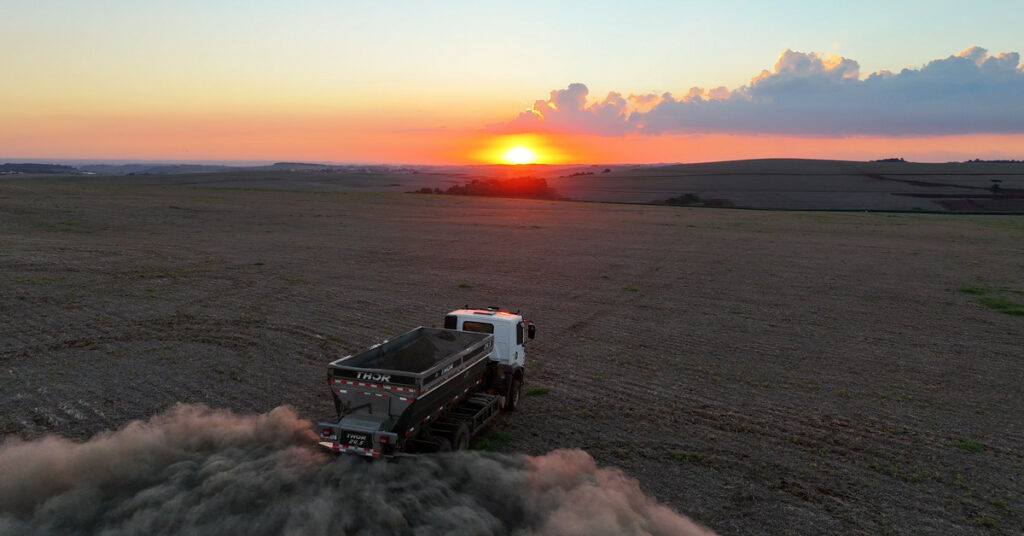
The Proposed Climate Fix Tech Companies Just Spent Millions On: Rocks
Tech giants are no strangers to innovation, but their latest investment in a seemingly ancient solution may raise eyebrows – rocks. Yes, you read that right. Google has just committed to purchasing 90,000 tons of carbon dioxide removal through Enhanced Rock Weathering (ERW) technology from a startup called Terradot.
The concept is surprisingly straightforward: crush up rock into tiny pieces and spread it over large areas, allowing the chemical reaction to occur faster. This process traps CO2 in water as bicarbonate, which eventually makes its way to the ocean, storing carbon and keeping it out of the atmosphere.
Terradot’s innovative approach involves using basalt from quarries in southern Brazil to create a massive scale-up operation. The startup aims to capture an additional 200,000 tons for Google by the early 2030s, which would be a significant step forward in the fight against climate change.
But let’s not get ahead of ourselves here – it’s crucial to acknowledge that this tech is still in its experimental stages. While it may seem simple, measuring the actual impact of ERW remains a major challenge. Google admits that they can’t currently track CO2 removal with precision and will rely on Terradot taking soil samples to assess capture rates.
Despite these uncertainties, the prospect of reducing emissions is too pressing for companies like Google to ignore. As the company grapples with its growing carbon footprint from building energy-hungry AI data centers, they recognize that a multi-pronged approach is necessary.
In reality, this technology serves as an important complement rather than a replacement for traditional strategies focused on reducing emissions. Even if ERW proves effective in removing CO2 at scale, it’s still no substitute for switching to clean energy sources and drastically cutting pollution.
It’s not surprising that tech giants are pouring resources into carbon removal solutions like Terradot’s. The truth is, climate change is already making heatwaves, droughts, wildfires, storms, and other disasters more intense and frequent. If there was ever a time for innovation, it’s now.
What do you think?
Source: www.theverge.com


